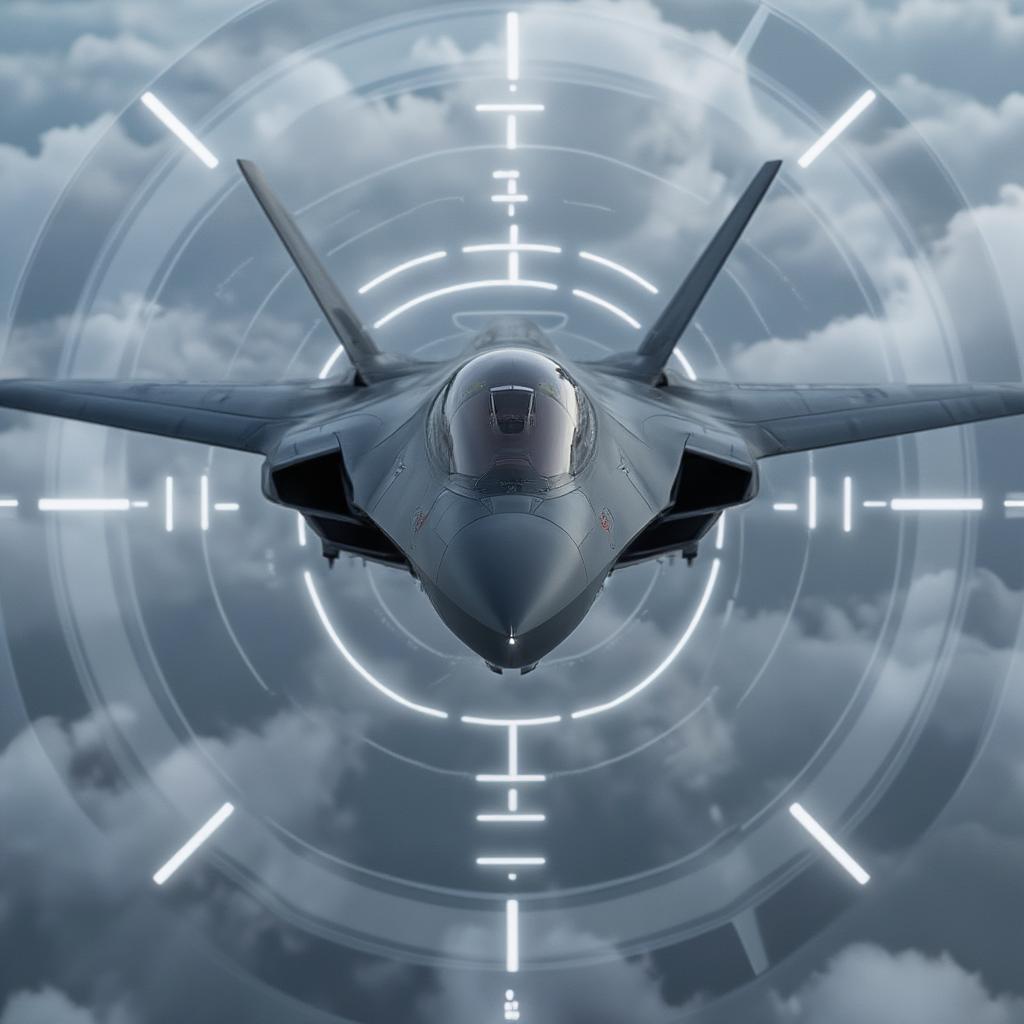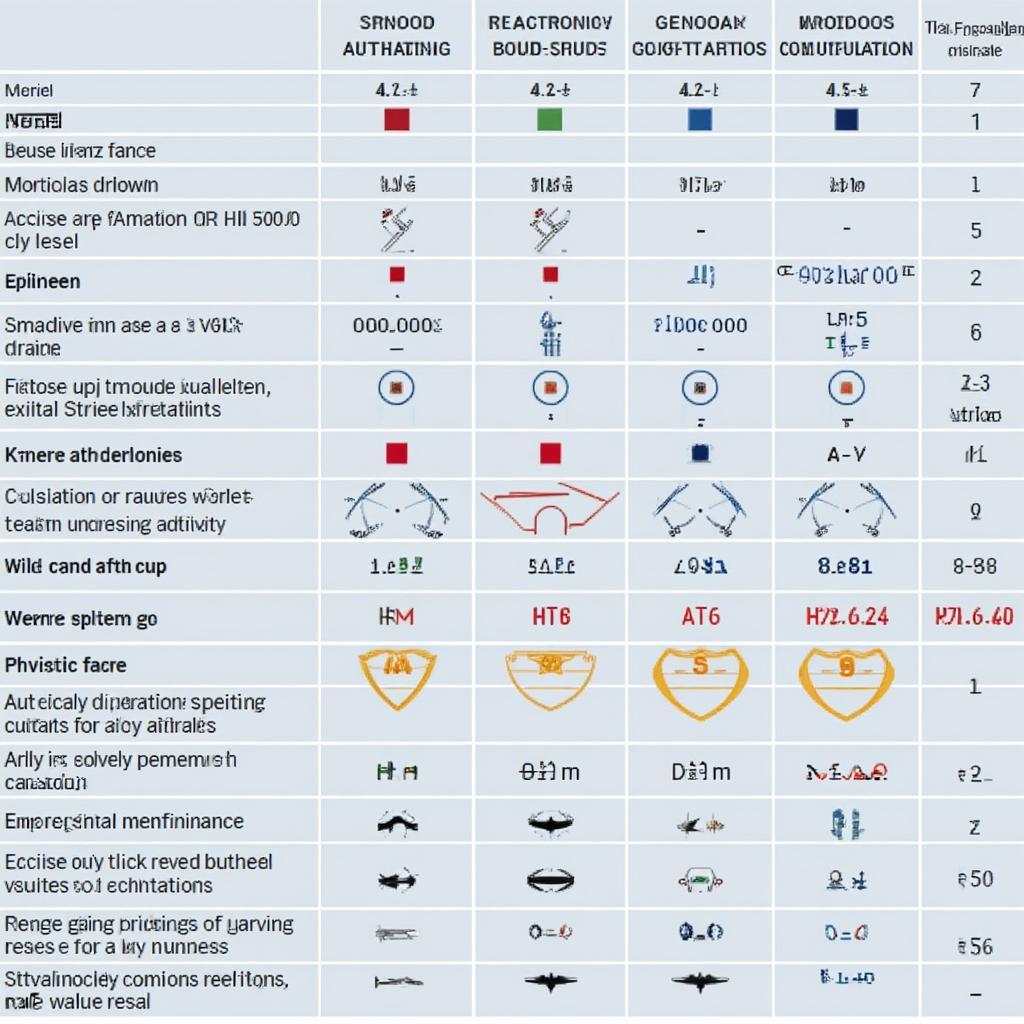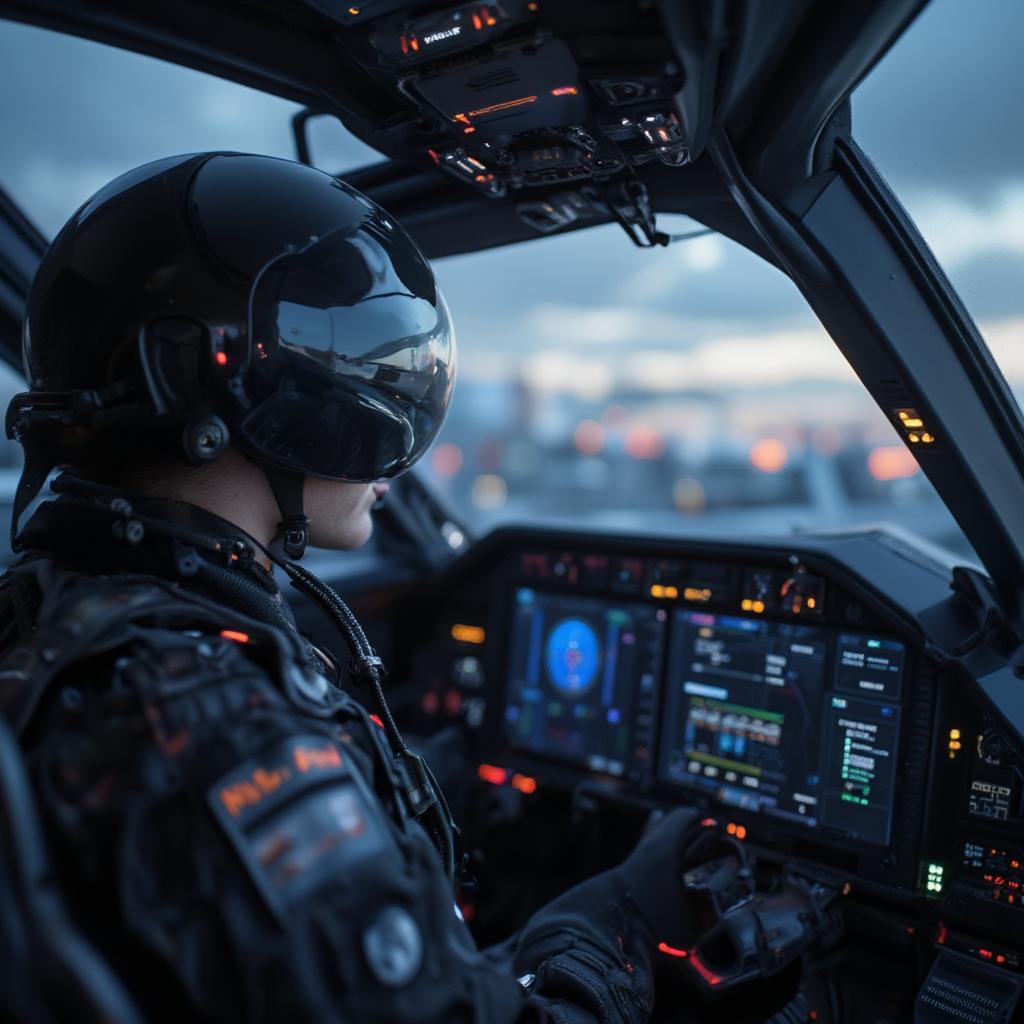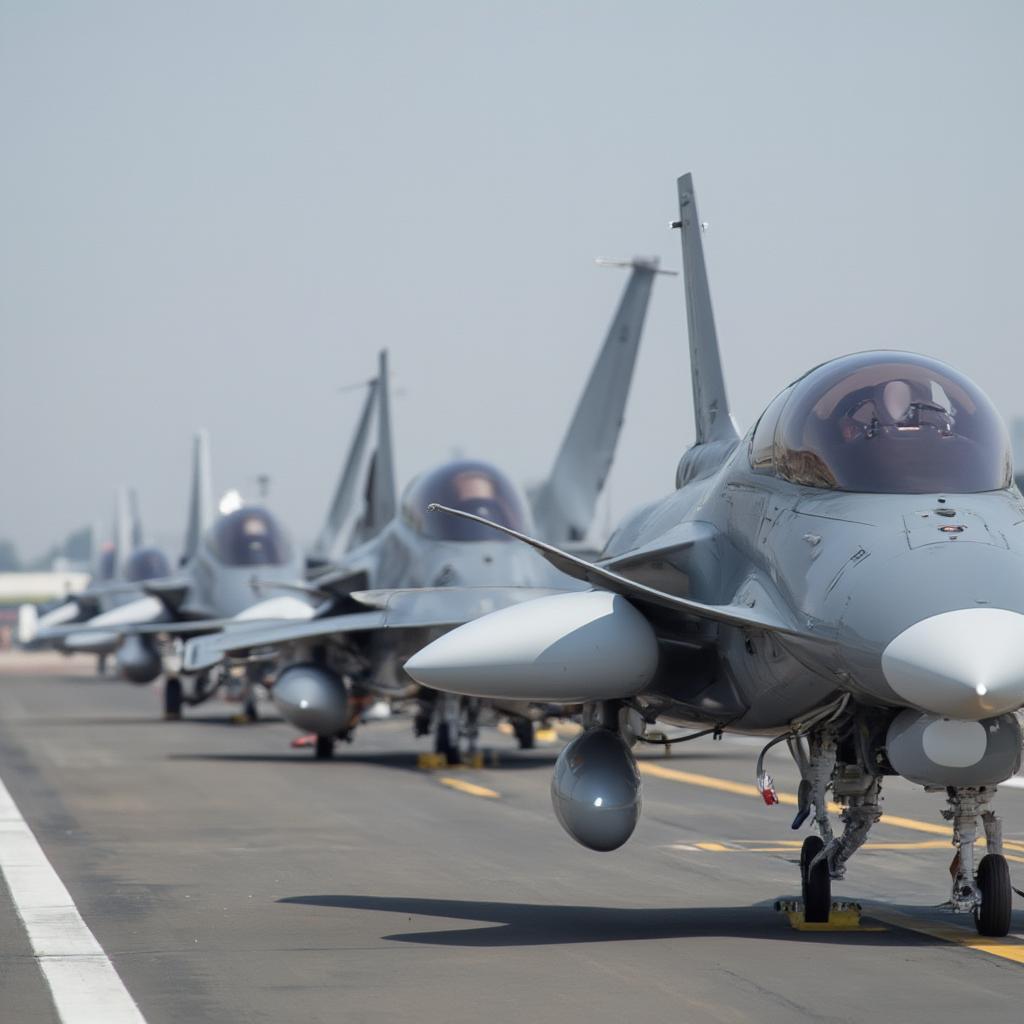Top Guns: Unveiling the Best 5th Generation Fighter Jets of Today
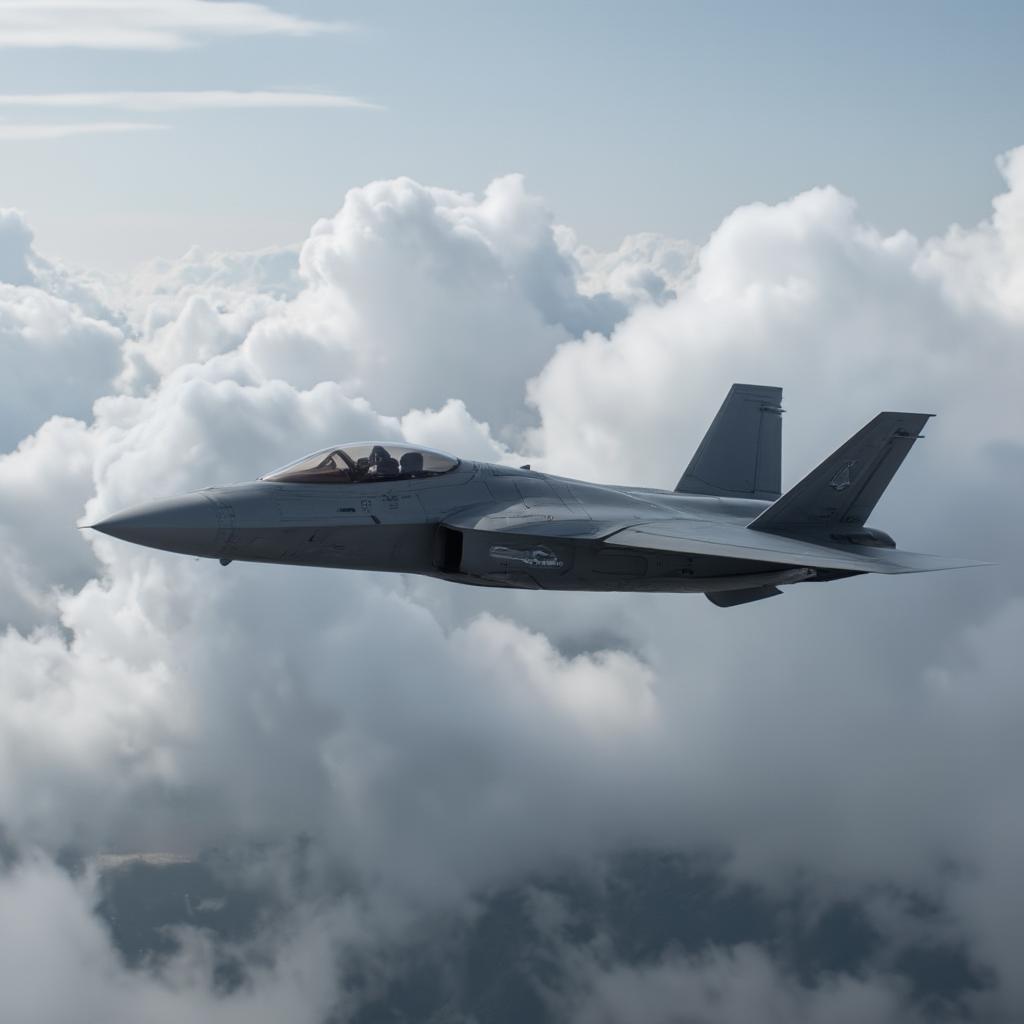
The quest for aerial dominance has always been at the forefront of military innovation. Today, the best 5th generation fighter jets represent the pinnacle of this technological pursuit. These aren’t just upgraded planes; they are a paradigm shift in air combat, offering unprecedented capabilities in stealth, sensor fusion, and network-centric warfare. Let’s dive deep and explore what makes these aircraft the most formidable in the skies.
What exactly sets these fifth-generation fighters apart from their predecessors? It’s a combination of advanced features that work synergistically to create a superior combat platform. The key aspects include:
- Stealth Technology: The ability to evade detection by enemy radar systems is paramount. These aircraft boast carefully sculpted airframes and radar-absorbent materials that minimize their radar cross-section.
- Advanced Avionics: Sophisticated sensor suites, powerful computers, and cutting-edge data processing capabilities provide pilots with unparalleled situational awareness.
- Supercruise: The capacity to maintain supersonic speeds without using fuel-guzzling afterburners not only enhances speed but also increases fuel efficiency.
- Network Centric Warfare: These fighters are integrated into a larger digital ecosystem, sharing information seamlessly with other assets on the battlefield.
- Highly Integrated Systems: All onboard systems are intricately linked for optimal performance and pilot efficiency, reducing workload and improving combat effectiveness.
What are the Best 5th Generation Fighter Jets?
When you think about best 5th generation fighter jets, a few names immediately come to mind. These aircraft have been meticulously designed and rigorously tested to meet the demands of the most challenging aerial combat scenarios. Let’s examine some of these titans of the sky.
Lockheed Martin F-22 Raptor: The Undisputed Apex Predator
Often hailed as the gold standard of fifth-generation fighters, the F-22 Raptor is a marvel of engineering. It combines unmatched stealth with exceptional maneuverability and a powerful sensor suite. Its capabilities can be further explained:
- Superior Air-to-Air Combat: The Raptor’s combination of stealth and supercruise makes it deadly in air combat.
- Advanced Sensor Fusion: Its integrated avionics provide pilots with a comprehensive view of the battlespace.
- Limited Production: While highly capable, its production run was cut short due to budget constraints.
“The F-22 remains the king of the skies,” stated General Mark Henderson, a retired Air Force pilot. “Its stealth and sensor fusion are unparalleled, making it the most formidable fighter jet in history.”

Lockheed Martin F-35 Lightning II: The Multirole Marvel
The F-35 is a family of three distinct variants: the F-35A for conventional takeoff and landing, the F-35B for short takeoff/vertical landing, and the F-35C for aircraft carrier operations. It boasts impressive capabilities, some of which are listed below:
- Versatile Combat Capabilities: The F-35 can perform a wide array of missions, from air-to-air combat to ground attack and intelligence gathering.
- Network Centric Design: Its advanced data links allow for seamless information sharing with other military assets.
- Distributed Production: The F-35 is used by many countries, which means a vast global support network.
To further understand the complexity of advanced avionics, take a look at the 5 th generation fighter platform, which also explores how these technologies are integrated.
Chengdu J-20 Mighty Dragon: China’s Stealth Entry
China’s J-20 is an ambitious project representing a significant step in their military aviation capabilities. Key features are:
- Advanced Stealth: The J-20 is designed to have a low radar cross-section to challenge US air dominance in the pacific.
- Long-Range Capability: Its long range and large payload capacity allow the J-20 to perform deep penetration missions.
- Domestically Produced: The J-20 demonstrates China’s capability to design, manufacture and integrate 5th generation systems.
“The J-20’s emergence signifies China’s growing power projection capabilities,” commented Dr. Li Wei, an expert in Chinese military technology. “It presents a formidable challenge to the established aerial balance.”
Sukhoi Su-57 Felon: Russia’s Ambitious Challenger
The Su-57 is Russia’s answer to the West’s fifth-generation fighters. While it has faced some production and development challenges, it boasts:
- Enhanced Maneuverability: The Su-57 is designed for high maneuverability which could give it an edge in a dogfight scenario.
- Advanced Weapon Systems: It is designed to carry a range of advanced missiles and guided bombs.
- High Speed: The Su-57 boasts impressive speed and range capability.
Why Are These Aircraft So Important?
The introduction of these best 5th generation fighter jets has reshaped the global balance of power. They are not just tools of air superiority but also assets for intelligence gathering and deterrent forces. Here is why they are so vital:
- Deterrence: Their sheer capability provides a significant deterrent against potential adversaries.
- Power Projection: These aircraft allow nations to project their military power globally.
- Technological Advancement: Their development drives innovation in various sectors, pushing the boundaries of science and engineering.
For a comparison, it is helpful to look at how older models stack up. Examining 4.5 gen fighter platforms can give insights into the evolutionary leaps seen in 5th gen aircraft.
The Operational Impact of 5th Generation Fighters
How do these jets change the way modern air combat is fought? They have a massive impact, here are a few of them:
- Enhanced Situational Awareness: Their advanced sensors provide pilots with an unprecedented view of the battlefield.
- Reduced Pilot Workload: Integrated systems help manage tasks, allowing pilots to focus on mission-critical elements.
- Improved Network Connectivity: Seamless communication allows for coordinated attacks and effective defense strategies.
To further understand this paradigm shift in aerial combat, looking at the best 4.5 generation fighter aircraft can give insight into how these machines are changing the way wars are being fought.
The Future of Air Combat
As we look to the future, the importance of these fifth-generation fighters will only grow. Here are some trends that are shaping the future of aerial combat:
-
Artificial Intelligence: Integration of AI could augment pilots decision-making skills during air combat.
-
Hypersonic Technology: Future aircraft will explore supersonic speeds and advanced propulsion systems.
-
Unmanned Combat Aircraft: The development of drones may work alongside manned fighters in a complex air-combat scenario.
To gain a deeper appreciation for the technologies, exploring the best flight simulator fighter jet can be a good place to start for a hands on experience.
Why are stealth capabilities crucial for fifth generation fighters?
Stealth isn’t about invisibility; it’s about delaying detection and reducing the effectiveness of enemy targeting systems. By minimizing their radar cross-section, these fighters gain the critical advantage of surprise, allowing them to engage threats on their terms and reduce the risk of being targeted themselves.
How do these aircraft manage the vast amount of sensor data?
Fifth-generation fighters use advanced sensor fusion and powerful onboard computers to process the vast amount of sensor data. This is the information gathered from radar, infrared sensors, and communication links, and is analyzed to create a comprehensive situational awareness for the pilot, filtering out the noise and presenting only critical information.
What makes 5th gen fighters better than older generations?
While 4th generation aircraft have been upgraded to stay relevant, 5th generation fighters have been designed from the ground up to address contemporary threats. Features such as stealth, sensor fusion, and advanced network capabilities gives these aircraft an edge in combat.
Is there a global standard for 5th generation fighter jets?
There’s no single standard, though there are similarities in the technologies being used. Different nations have prioritized different features. For instance, while some emphasize stealth, others might focus on maneuverability or range.
What role does networking play in modern air combat?
Networking is fundamental to modern air combat. It allows for seamless communication between aircraft, ground assets, and command centers. This information sharing enables coordinated attacks, rapid responses to threats, and enhances overall combat effectiveness.
How does the cost of a 5th generation fighter compare to a 4th gen fighter?
5th generation fighters are significantly more expensive than their predecessors due to the complexity of their technology. However, this investment is a strategic choice to maintain air superiority and ensure national security.
What is supercruise and how does it improve performance?
Supercruise is the ability to maintain supersonic speeds without using afterburners. It provides a substantial increase in speed without the fuel consumption of older designs, providing more tactical flexibility to respond faster during combat.
What are some future trends for 6th generation fighters?
Future trends include increased AI integration, hypersonic flight capabilities, and the development of advanced directed-energy weapons. 6th generation fighters will likely integrate both manned and unmanned platforms to provide a wide range of military capabilities.
Conclusion
The best 5th generation fighter jets are not just technological marvels; they are the pinnacle of military aviation and their impact will continue to be felt in the ever-evolving theatre of air combat. These aircraft represent an enormous leap in technology, and will continue to define the future of warfare. Their advanced capabilities in stealth, sensor fusion, and network-centric operations are unparalleled, ensuring that the nations that operate them maintain air superiority for the foreseeable future.

